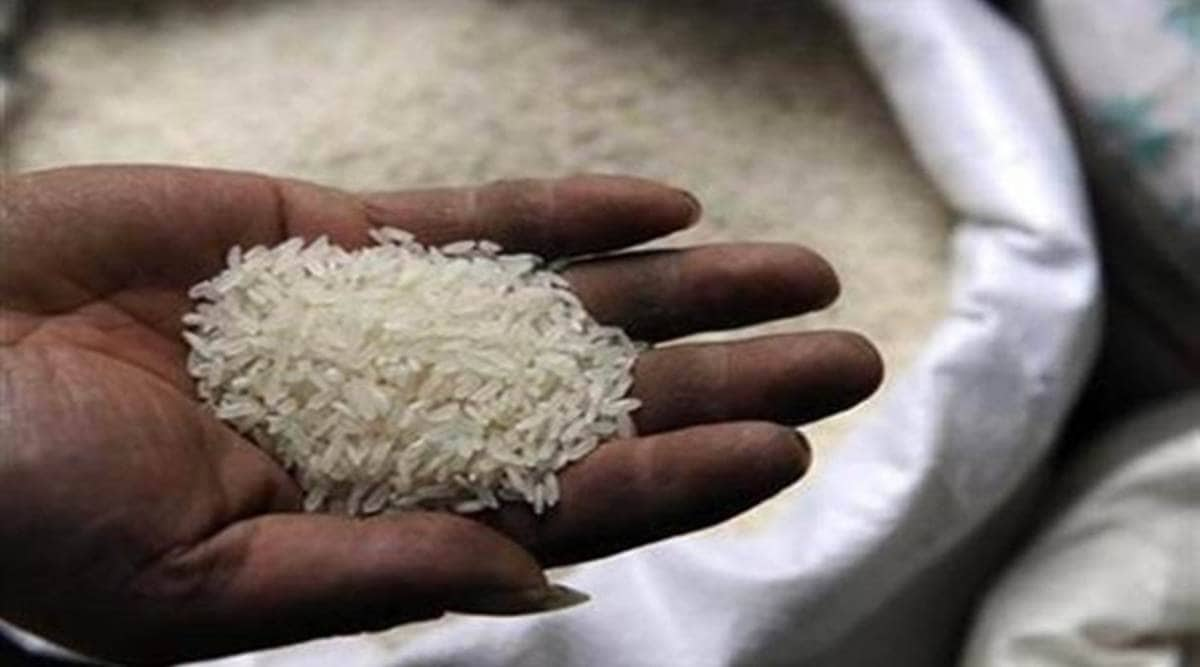 India exports rice to more than 130 countries, constituting around 40 per cent of the global rice trade. The decision to curb rice exports has, unfortunately, been taken when global food prices are already rising.
India exports rice to more than 130 countries, constituting around 40 per cent of the global rice trade. The decision to curb rice exports has, unfortunately, been taken when global food prices are already rising.Fears concerning a potential ban on rice exports in India, following a ban on wheat exports on May 14, have come true. On August 8, India banned the exports of broken rice and imposed a 20 per cent duty on the exports of various grades of rice amid high cereal inflation and uncertainties with respect to domestic supply. The rice export restrictions have heightened food security anxieties across the global market as many developing countries depend on Indian rice.
The world rice market is thin, given that 90 per cent of production is consumed domestically. As a result, any small change in exports and imports has an enormous impact on prices, especially if it leads to panic buying of food grains by rich countries. While the actual impact of the export restriction policy on domestic prices is a matter of empirical scrutiny, and the government has intended to regulate domestic prices and safeguard food security, frequent changes in export policies undoubtedly have long-term ramifications.
India exports rice to more than 130 countries, constituting around 40 per cent of the global rice trade. The decision to curb rice exports has, unfortunately, been taken when global food prices are already rising. The export uncertainties will affect the credibility of Indian exporters, create a disincentive for future exports, and will enable buyers to shift towards other major rice-exporting countries. Though Indian farmers in general lack market access, and hence do not take advantage of high market prices, the fall in prices may adversely affect a section of farmers who hope to get a better price for their produce through exports. The exporters who face the burden of the unfeasibility of exports may pass it on to farmers in the form of lower prices during procurement.
In India, around 49 per cent of rice cultivation depends on groundwater. which is depleting rapidly. As per the latest data available from the Food and Agriculture Organisation (FAO), agricultural water withdrawal as a percentage of total available renewable water resources has increased from 26.7 per cent in 1993 to 36 per cent in 2022. Similarly, the total per capita renewable water resources have also declined from 1,909 cubic meters to 1,412 cubic meters during this period. The water-intensive nature of rice cultivation, along with frequent export restrictions will adversely affect the long-run sustainability of rice production. Further, India’s export restrictions will adversely affect several low-income and low-middle-income countries like Bangladesh, Senegal, Nepal and Benin, which are among the largest importers of Indian rice.
Rice exports are leading to an indirect export of water to other countries — a phenomenon known as virtual water trade (VWT). The relative per capita water availability in India is lower than a majority of its major importing countries. The other major exporters of rice, such as Thailand and Vietnam, also have better per capita water availability in comparison to India. Out of 133 countries in which India has positive net rice exports, only 39 countries have relatively lower per capita renewable water resources. Out of these 39 countries, 12 countries are high-income countries with the ability to buy food at a higher price.
Though Minimum Support Prices (MSPs) are announced for a large number of crops, India’s food security policies, especially how they are implemented, favour mainly rice and wheat. Furthermore, procurement is skewed towards selected northern states such as Punjab and Haryana where water availability is lower than in several other states.
India’s rice yield is also lower than the world average. India’s yield is better than Thailand and Pakistan but worse than Vietnam, China and the US. The cost of cultivation in India is also increasing, and hence there will be a need for a higher MSP to make production remunerative. This will exacerbate the pressure to re-think its price-support-backed food security mechanism.
The depletion of groundwater resources and the increasing cost of cultivation may put rice production in jeopardy in the future. Unless appropriate measures are taken to save water and the input requirements in the form of wider adoption of water-saving practices such as the system of rice intensification (SRI), the cost of cultivation will increase and production will become unsustainable. This will limit the ability to export and might adversely affect not only global rice security but also domestic rice security.
The writer is a faculty at the Centre for Management in Agriculture, Indian Institute of Management, Ahmedabad. Views are personal